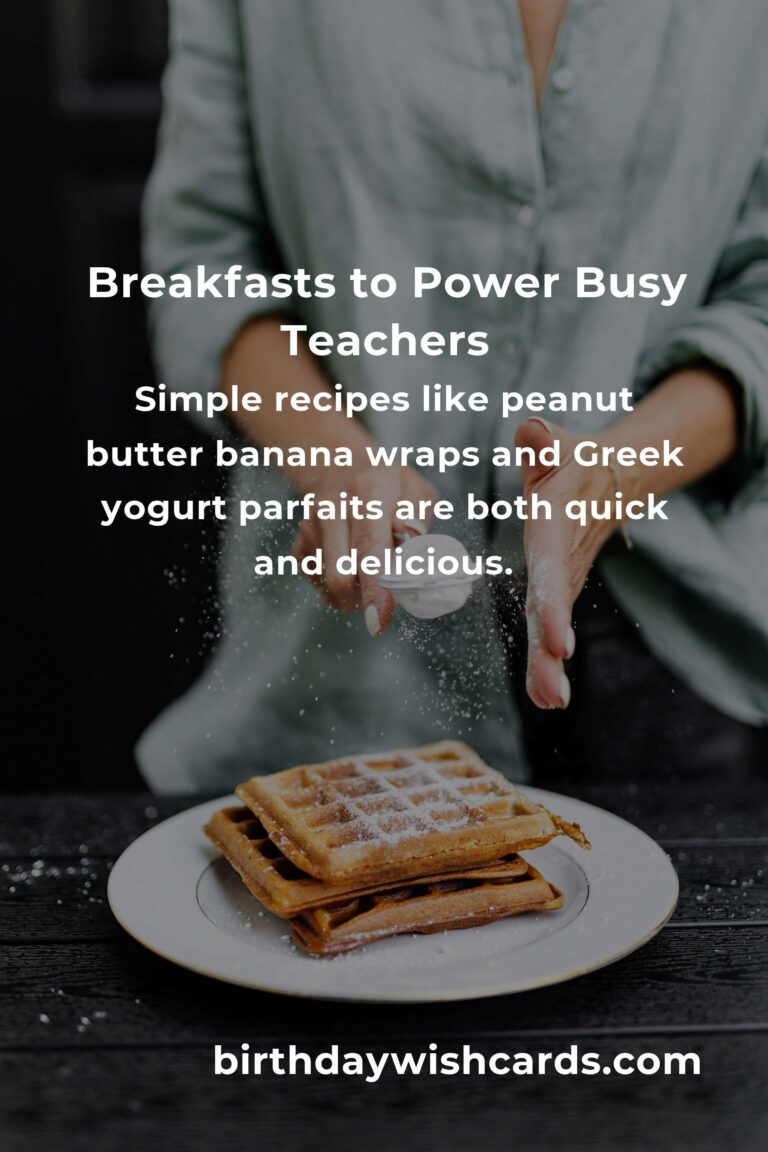 n
n
Plants are remarkable organisms capable of producing the next generation through their intricate reproductive systems. Understanding plant reproduction, specifically from flowers to seeds, is essential in appreciating how life is perpetuated in ecosystems.
The Basics of Plant Reproduction
Plant reproduction can be broadly categorized into sexual and asexual reproduction. While asexual reproduction involves a single parent and leads to offspring genetically identical to the parent, sexual reproduction involves the fusion of male and female gametes, resulting in genetic diversity.
The Role of Flowers in Plant Reproduction
Flowers are the reproductive structures of angiosperms, or flowering plants. They play a crucial role in the process of sexual reproduction. A flower typically comprises of male parts known as stamens and female parts called pistils.
Structure of a Flower
To understand the reproductive process, it is important to know the anatomical parts of a flower. The main components include:
- Sepals: These are the outer parts that protect the flower bud before it opens.
- Petals: Often brightly colored, petals attract pollinators such as bees and butterflies.
- Stamens: The male reproductive part consisting of the anther, where pollen is produced, and the filament.
- Pistil: The female reproductive part consisting of the stigma, style, and ovary.
Pollination: The Path to Fertilization
Pollination is the transfer of pollen from the anther to the stigma, leading to fertilization. Pollination can occur through various agents such as wind, water, and animals, especially insects.
Types of Pollination
There are two main types of pollination:
- Self-Pollination: Occurs when pollen from a flower’s anther pollinates the same flower’s stigma or another flower on the same plant.
- Cross-Pollination: Involves the transfer of pollen from the anther of one flower to the stigma of another flower on a different plant of the same species. This process encourages genetic diversity.
Fertilization and Seed Formation
After successful pollination, fertilization takes place. During this process, the pollen grain germinates on the stigma, growing a pollen tube that penetrates the ovary. The sperm cells travel down this tube and unite with the egg cell, forming a zygote. This zygote eventually develops into a seed.
The Seed Structure
A seed is essentially a fertilized ovule, containing an embryonic plant, a nutrient supply, and a protective coat. There are three main parts of a seed:
- Embryo: The young plant that will develop into a mature plant.
- Endosperm: The tissue that provides nourishment to the developing embryo.
- Seed Coat: The protective outer covering that shields the seed from damage and desiccation.
The Journey from Seed to Plant
The capability of seeds to remain dormant until conditions are favorable ensures their survival. Once conditions such as temperature, moisture, and light are suitable, seeds germinate, starting the life cycle anew.
Germination
Germination is the process by which a seed emerges from dormancy and begins to grow into a seedling. This involves the seed absorbing water, swelling, and splitting the seed coat, allowing the embryo to grow.
Conclusion
The journey from flowers to seeds encapsulates the magnificent cycle of reproduction in plants. From the complex structure of flowers to the transformative process of seed formation, each step is a testament to the wondrous adaptability of plant life.
Plants are remarkable organisms capable of producing the next generation through their intricate reproductive systems. Pollination is the transfer of pollen from the anther to the stigma, leading to fertilization. 









#PlantReproduction #Botany




